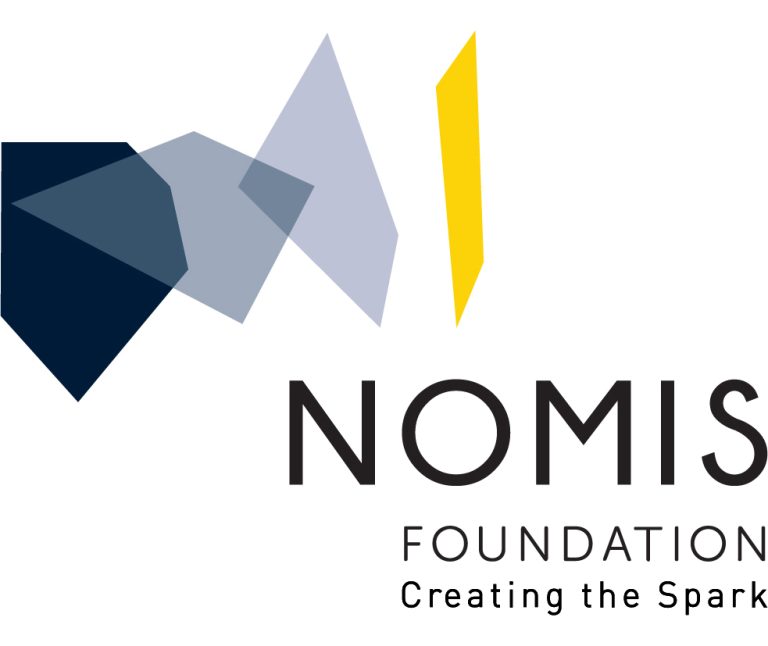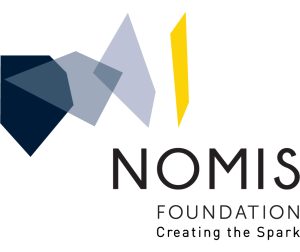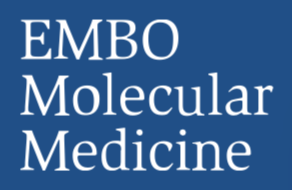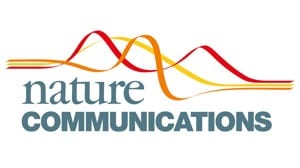The transcription factor forkhead box P2 (FOXP2) is involved in the development of language and speech in humans. Two amino acid substitutions (T303N, N325S) occurred in the human FOXP2 after the divergence from the chimpanzee lineage. It has previously been shown that when they are introduced into the FOXP2 protein of mice they alter striatal synaptic plasticity by increasing long-term depression in medium spiny neurons. Here we introduce each of these amino acid substitutions individually into mice and analyze their effects in the striatum. We find that long-term depression in medium spiny neurons is increased in mice carrying only the T303N substitution to the same extent as in mice carrying both amino acid substitutions. In contrast, the N325S substitution has no discernable effects. © 2023, The Author(s).












